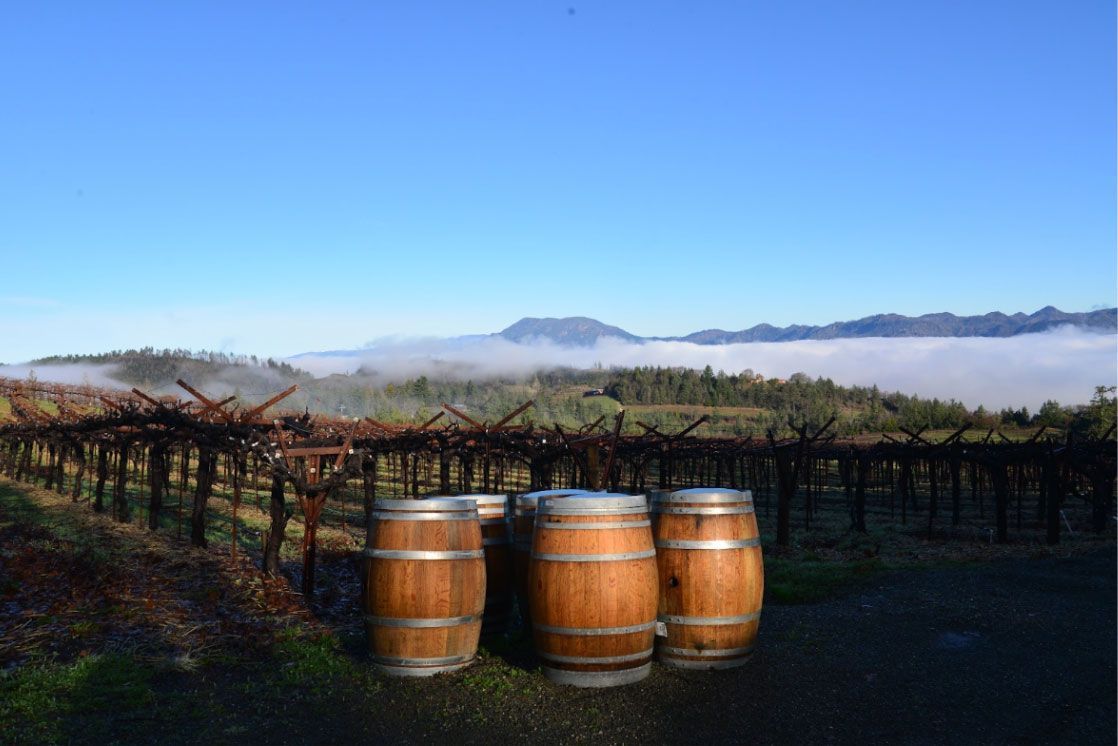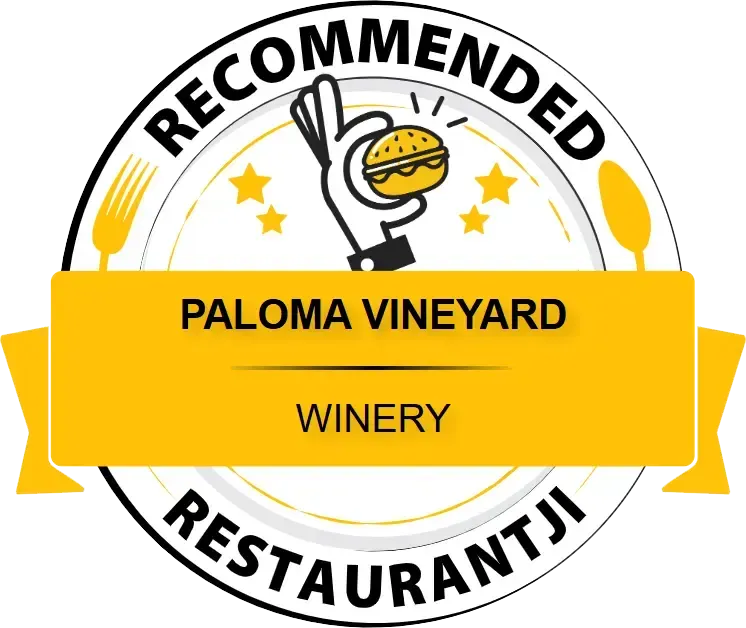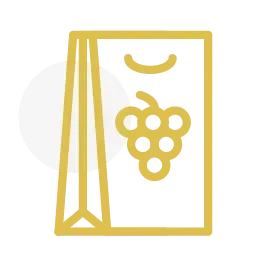Aging Wine: How do you know when your wine is ready to drink?
July 12, 2023
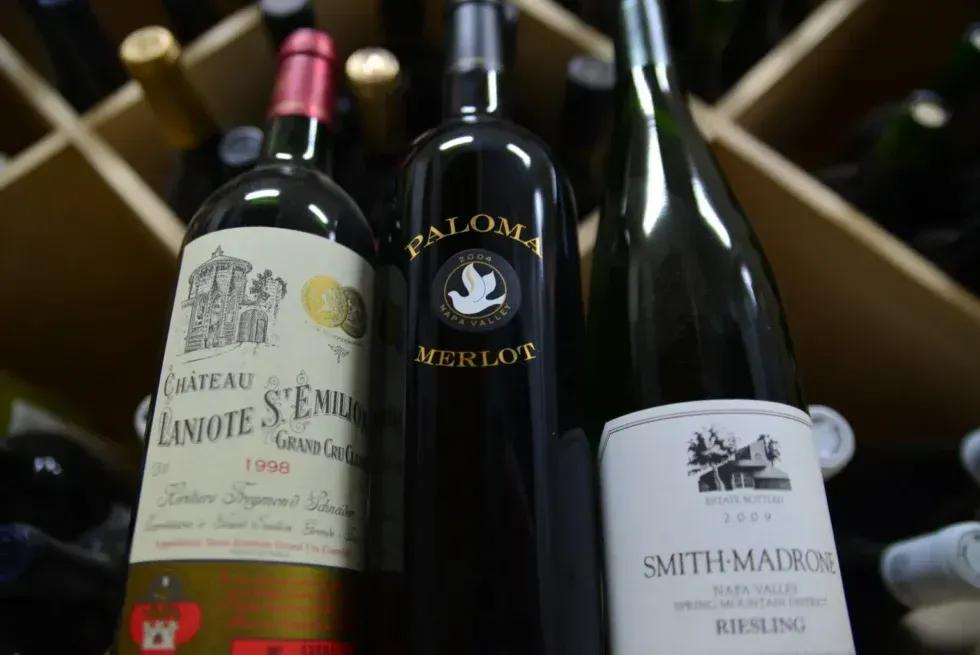
How old is too old?
When buying a Napa Valley wine or digging through your extensive cellar, how do you know if the wine is still good? Let’s unpack that question. What is the life of a wine? Meaning will it still be good if I drink it next year, ten years from now, or should I already have drunk it? To answer these questions, we need to understand a few basics about wine. This is a bit of a rabbit hole, so bear with us!
First, it’s important to recognize that wine is a living product; it has residual yeast still living inside it. Do not fear, this is a good thing! Yeast, or bacteria, is present in all foods and is part of the decomposition, or aging, process. The same thing happens to a good cut of beef; without the aging process, your favorite cut would be utterly disappointing.
So, what happens when a wine ages? The only things that stay the same over time for wine are the acid and alcohol levels. Everything else morphs. It means that the fruit notes in the wine begin to fall away and evolve into something new and any tannins present soften. For example, after significant aging in the bottle, a Cabernet Sauvignon that had a lot of cherry notes in the aroma will begin to show a candied characteristic. And if it had robust, green tannins, you would notice that those become more palatable and start to compliment the wine, rather than take away from it.
This evolution can even affect oak notes in wine. Oak aging helps develop additional aromas and flavors, it also influences the body and dryness of the wine. Tannins are a bitter taste that makes your mouth go dry. Generally, when people think of tannins, they tend to think of grape skin and seeds. However, oak can also play a key role in the tannin structure. When done right, tannins can provide a beautiful balance to the fruit and acid flavors, creating immense complexity in the glass.
Now, what is complexity? Simply put, it’s the multitude of tastes and smells each person gets out of the wine. Generally, the more tastes and smells, the more complex the wine. However, more is not always better. It’s important that these complexities complement each other, rather than overwhelm or overpower.
The art of aging is uncorking the bottle when those aromas and flavors are in harmony. Typically, the first thing to age out is the fruit flavor. Followed by, or even sometimes before, are the tannins. If the fruit aromatics and flavor completely disappear, what is left is acid, alcohol, and sometimes tannins depending on the wine. This can be where age-ability in wine becomes subjective. Some people enjoy a more acidic wine, especially with food. Others prefer the fuller-bodied, fruit-forward, tannic wines. In this case, aged wines may not be for them.
As wines age, those fruit flavors (or phenolics) and tannins bond together and fall to the bottom of the bottle as sediment. The lack of tannins usually means the wine is smoother and more pleasant which is often the main reason for aging wines.
How do you know if a wine is past its prime? Well again, it’s subjective, but a clear sign is all that is left is the taste of vinegar and alcohol.
Do All Grapes Age the Same?
Some grapes, genetically speaking, hold onto their phenolics (aromatics and fruit flavor) longer than others. The Bordeaux varietals such as Cabernet Sauvignon, Merlot, Cabernet Franc, Petit Verdot, and Malbec are among those. The more time a wine has spent in oak barrels the greater the oak flavor, therefore, the longer that flavor will hang with the wine as it ages. Blends also seem to have a slightly longer phenolic lifetime and tend to age well over longer periods.
How Important is the Vintage?
Again... it depends. Although there are lots of microclimates in wine-growing regions, a hotter year generally brings out more fruit-flavored characteristics. Whereas a cooler year will bring out more earthy and herbaceous characteristics. This of course varies from site to site and region to region so always ask the producer what the year was like. Neither is better or worse, it only depends on which flavor you prefer. The answer to finding out which you prefer more is of course to try more wines.
Does Anyone Really Know How Long a Wine Will Age?
It’s difficult to predict, but a good starting place is to ask the producer. They tend to know their products best. Even they can’t predict the future with a hundred percent accuracy, though. So cut them some slack if they are a bit off on a vintage. Holding (or aging) wines and continually trying them over years, and even decades, ultimately will help you recognize the signs of a wine that either is still aging well, nearing that optimal drinking window, or possibly past its prime. Don’t be hard on yourself when the ladder happens; it happens to all of us. It’s how we learn!
Some Guidelines to Age-ability
Alright, here are some basic recommendations.
If the wine was aged in oak, it does not matter what kind, it adds years to the wine because it adds tannins and aged tannins, as we learned before, are one of the characteristics that soften over time. That chemical process can bring new flavors and a different mouth feel to the wine. This is one of the reasons why winemakers age their wine in oak barrels.
Rosés, because of the way they are typically made, have little tannins or contact with the skin of the grape and, therefore, will not age well or hold onto their flavor for longer than about a year.
White wines usually last no longer than three years. However, there are a couple of grape varietals exempt from this. Chardonnay, which can carry its phenolics for generally up to five years, and Riesling, which is the longest-aging white varietal at 20 years or more. Riesling develops a particular flavor as it ages that many people love.
Oak aging for Red wines, generally, provides a minimum life of two years in the bottle. And Bordeaux grape varietals have been proven to hold onto their flavors for longer than others. Most Bordeaux blends can age for a minimum of 15-20 years, and many significantly longer. Some long-standing Bordeaux estates have wine that
. Napa Valley red wines tend to be made in a different style that often does not require as much aging, but that's not to say they do not benefit from age. With one to two years of oak aging, a Napa Red can go ten years or more in a cellar. Red blends generally last longer as well.
But please, remember the above are guidelines, not hard and fast rules.
Final Thoughts
Learning how to age wine and knowing when wine is nearing its prime is tricky work. There is no magic formula and we often get it wrong. But when you do get it right, we promise that it is worth it. Great wine that has been well-aged is a very special thing! If you find yourself constantly worrying about over-aging, remember that, generally, a wine that has not reached its prime is more enjoyable than a wine that is past its prime… don’t be afraid to open a bottle and just enjoy it, regardless of its age!
Lastly, for those looking to hone their skills or utilize the collective knowledge of the wine community at large, there are some fantastic apps like
that can be very helpful. It is a community of people who are tasting the same wines and sharing their thoughts. Not only is it a great way to learn more about the wine
s you are trying to age, but also a great way to connect with others in the wine-lover community!
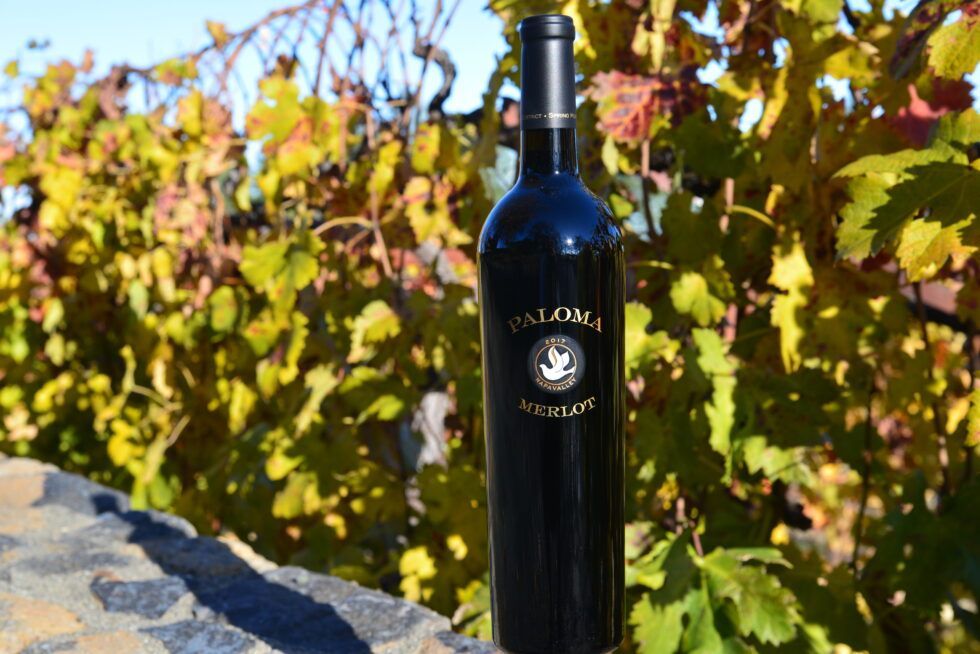
By caston_treetops
•
April 16, 2025
The swirled liquid boasts vanilla raspberry, plummy cassis, and a slight cooling floral undertone of cocoa. On the pallet, hot spice presents itself like cinnamon candy. The elegant tannins sting mid-way in this medium bodied wine. Swallowing leads to a long finish...
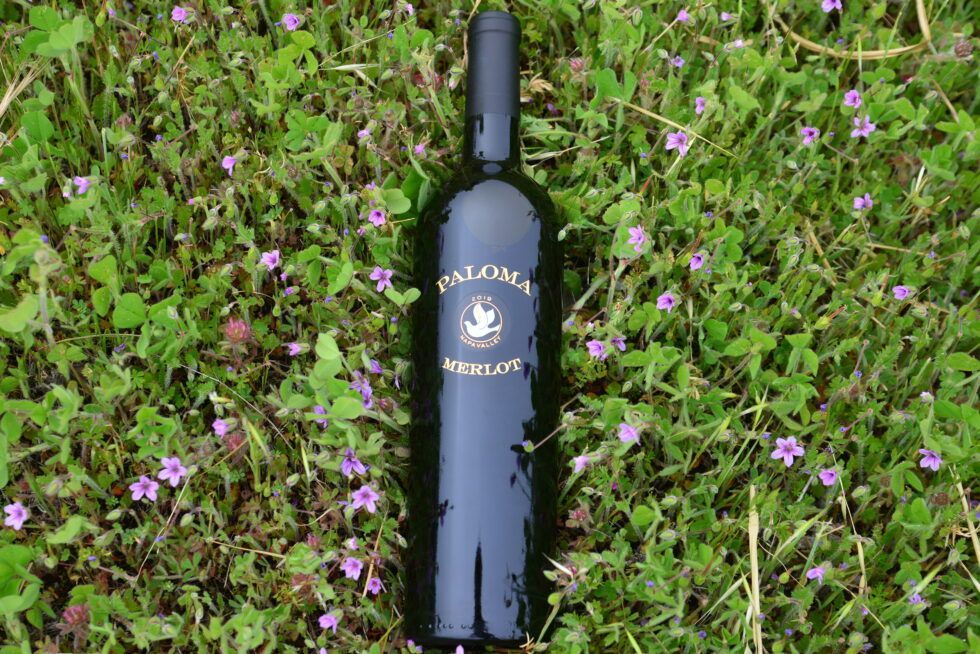
By caston_treetops
•
April 16, 2025
Paloma's 2019 Merlot opens with cranberry and rich cassis followed up with a slight dry mocha aromatic. This wine unfolds like a flower as you taste. It lands in the mouth with small strings of tannin and carries itself on a cool floral body. Its weight is just...
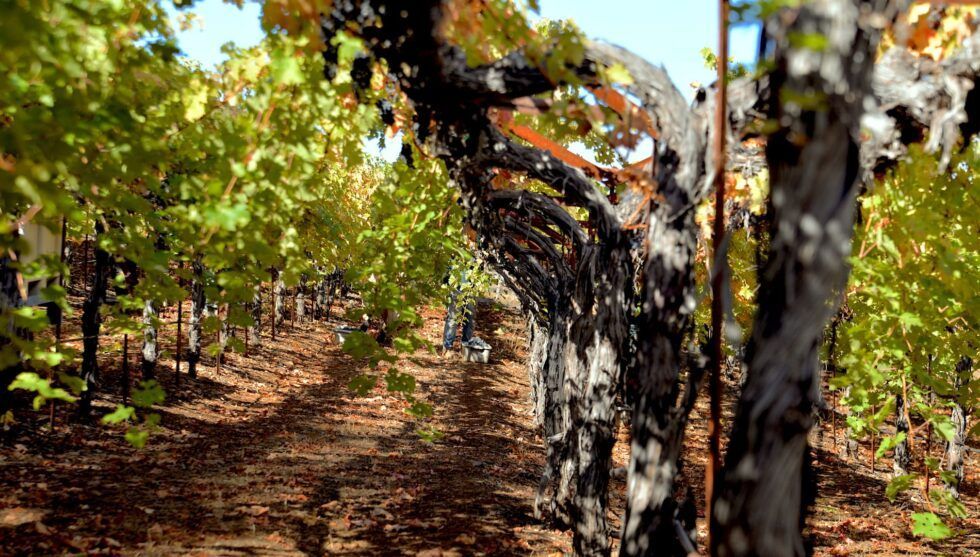
By WSI
•
March 26, 2025
At Paloma Vineyard, sustainability is more than just a practice—it’s the foundation of everything we do. Nestled on Napa Valley’s Spring Mountain, our small, family-run vineyard has been embracing sustainable and regenerative farming for over four decades. Every choice we make, from cover cropping to solar power, reflects our deep respect for the land and our commitment to producing exceptional wines that honor both our family legacy and the environment.
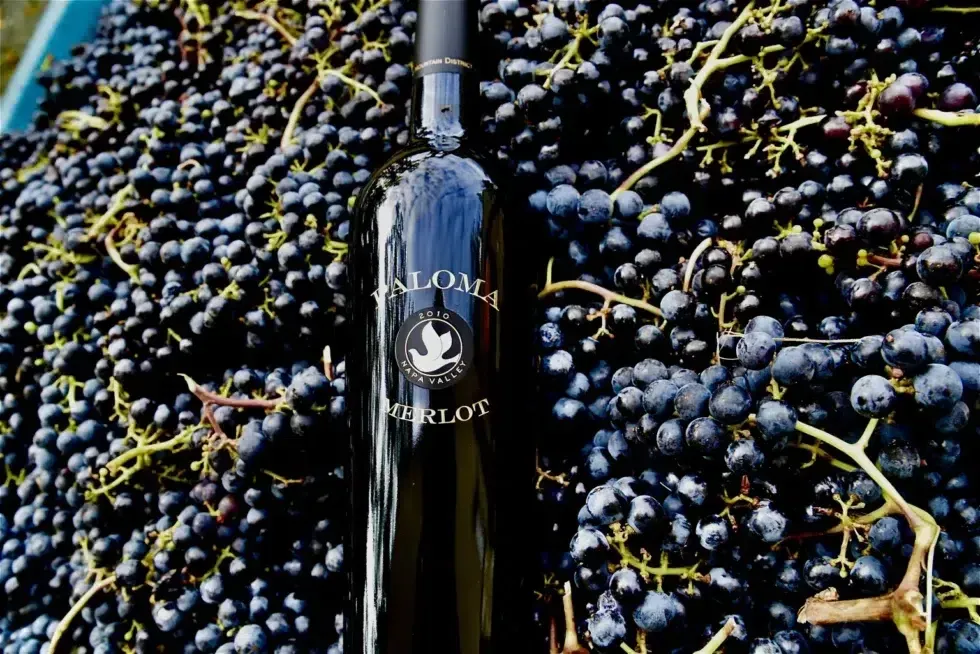
By WSI
•
March 6, 2025
Merlot has captivated wine enthusiasts for over two centuries with its smooth texture, rich flavors, and remarkable versatility. As one of the most widely planted grape varietals in the world, Merlot holds a prominent place on dinner tables and in wine cellars from Bordeaux to Napa Valley. But what makes Merlot so special? The answer lies in the grape’s adaptability, the care that goes into its cultivation, and the sense of place reflected in every bottle.
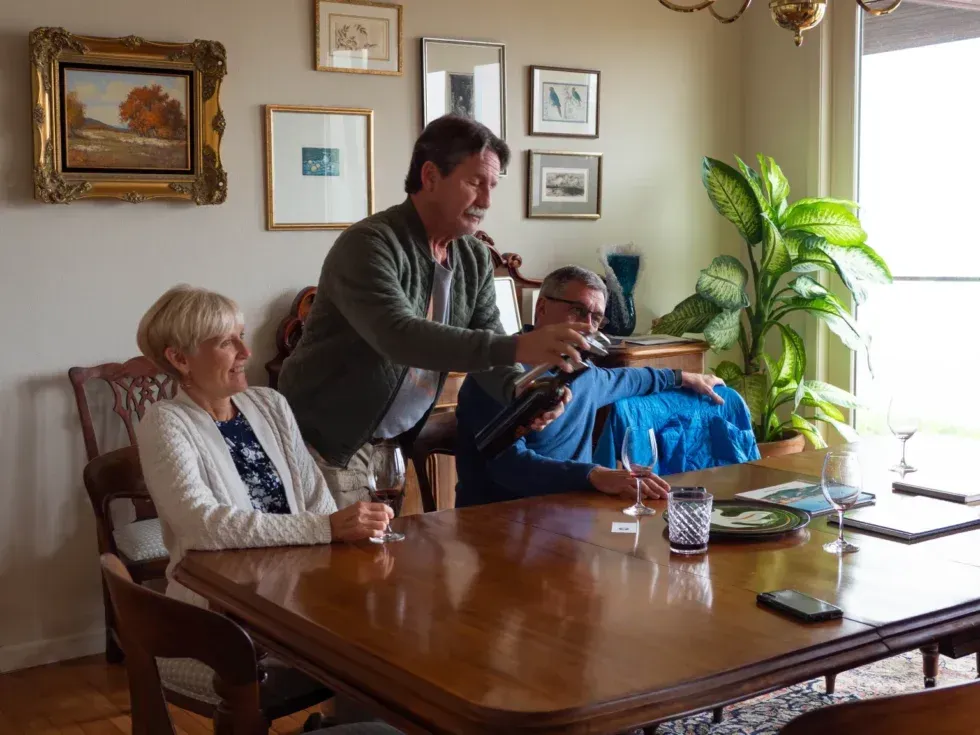
By taste_2420_views_enjoy
•
January 14, 2025
Have you ever been to a tasting where all you hear is the sound of the birds, wind, and the winemaker talking? No?! Then you haven’t visited Paloma Vineyard. Our personal team of furry greeters will meet you at your car and escort you up our steps to the owner’s home,...
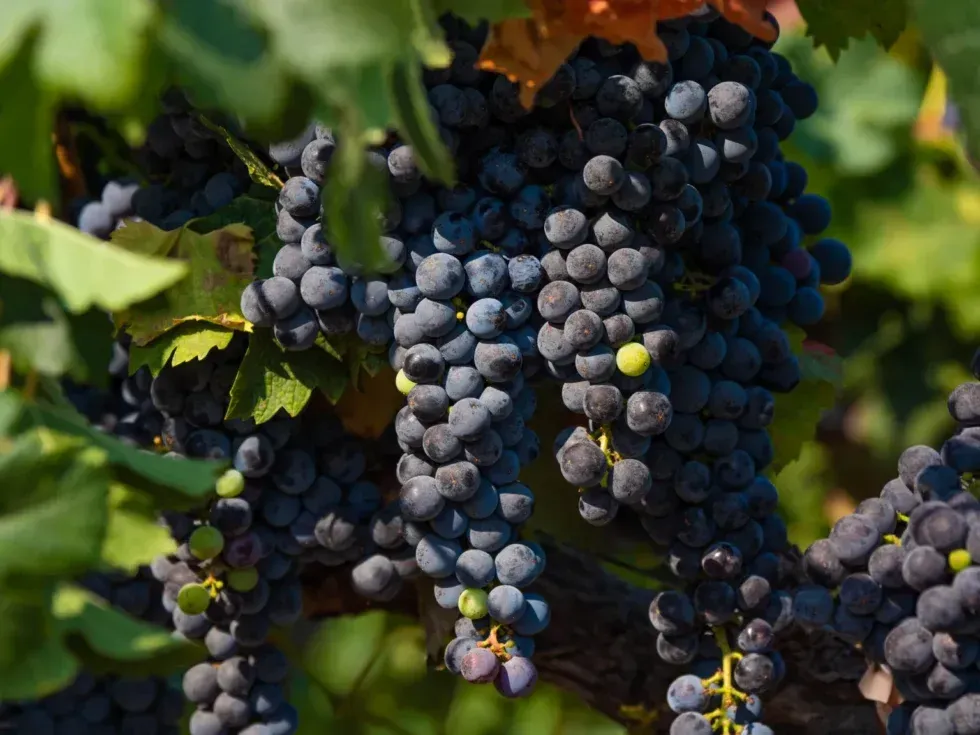
By taste_2420_views_enjoy
•
January 13, 2025
As Barbara, our matriarch, always said, “it starts in the vineyard.” Sustainability has become an essential practice for businesses looking to lead the way in their industry. While adapting to new practices can be challenging, it offers a unique lens to reexamine the...
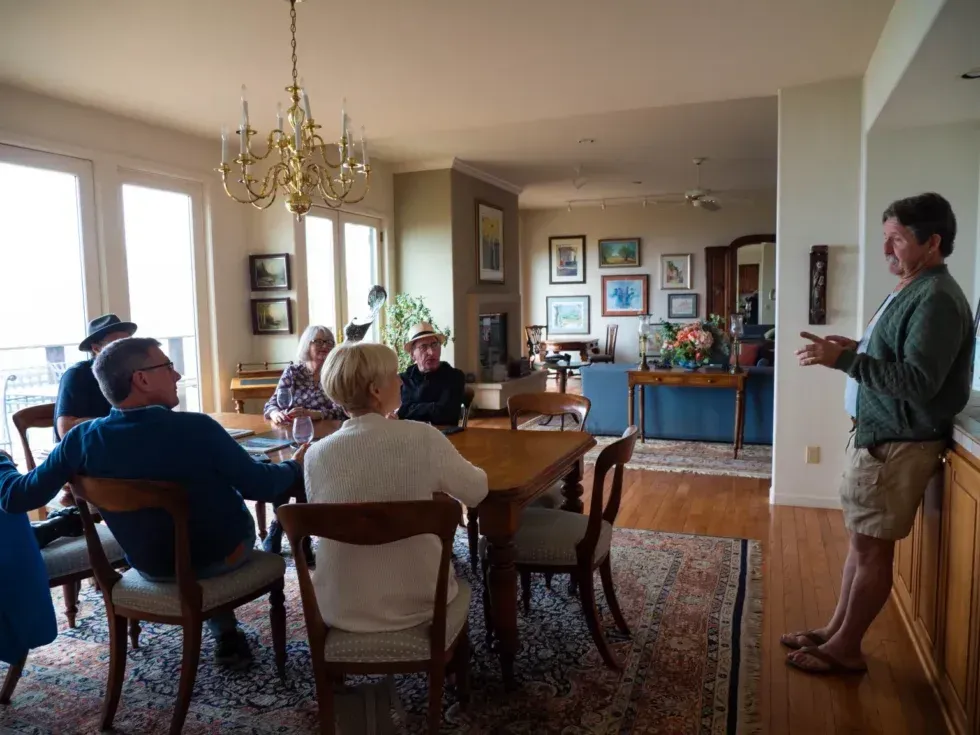
By taste_2420_views_enjoy
•
January 10, 2025
Since Barbara and Jim purchased the 17 acres of land at the top of Spring Mountain in 1983, our goal has never shifted–creating a winery that feels like home. By 1992, that dream was fully realized when Barbara and Jim finished construction of their home inside the...
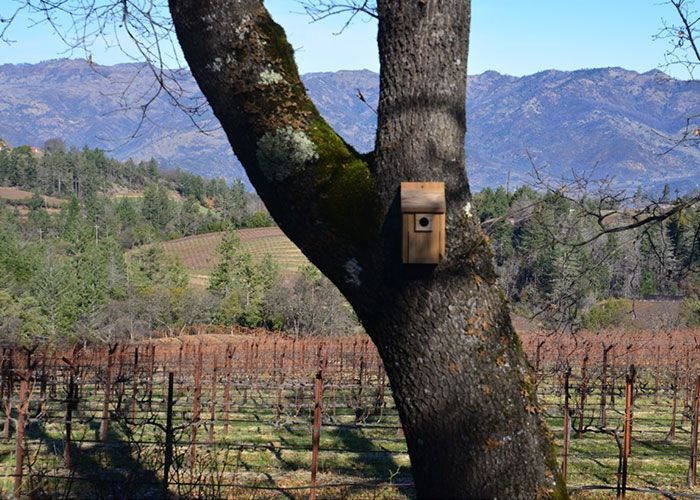
By taste_2420_views_enjoy
•
December 31, 2024
At our sustainable winery and vineyard , every choice we make reflects our commitment to preserving the environment and crafting exceptional wines. From innovative trellising systems to thoughtful vineyard management, we strive to balance nature’s needs with our vision for creating wines that tell a story in every sip.
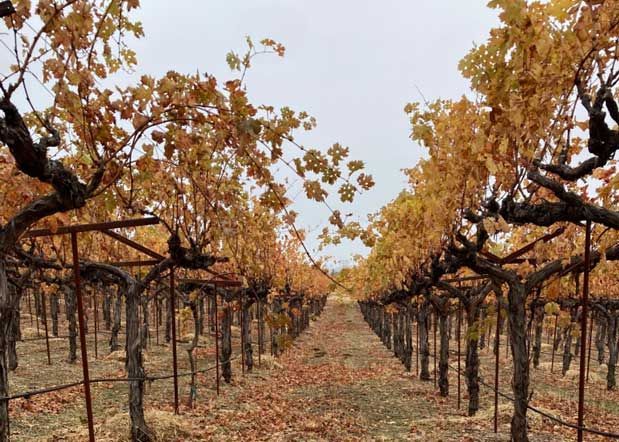
By p_hummingbird_2420_golden_rays
•
December 12, 2024
As a family-run winery on Napa’s Spring Mountain, we’ve spent over 40 years embracing methods that respect both the land and future generations. Sustainable wine and our winemaking is a year-round commitment, and for us, every decision, from vineyard management to bottling, is an opportunity to honor this responsibility.

